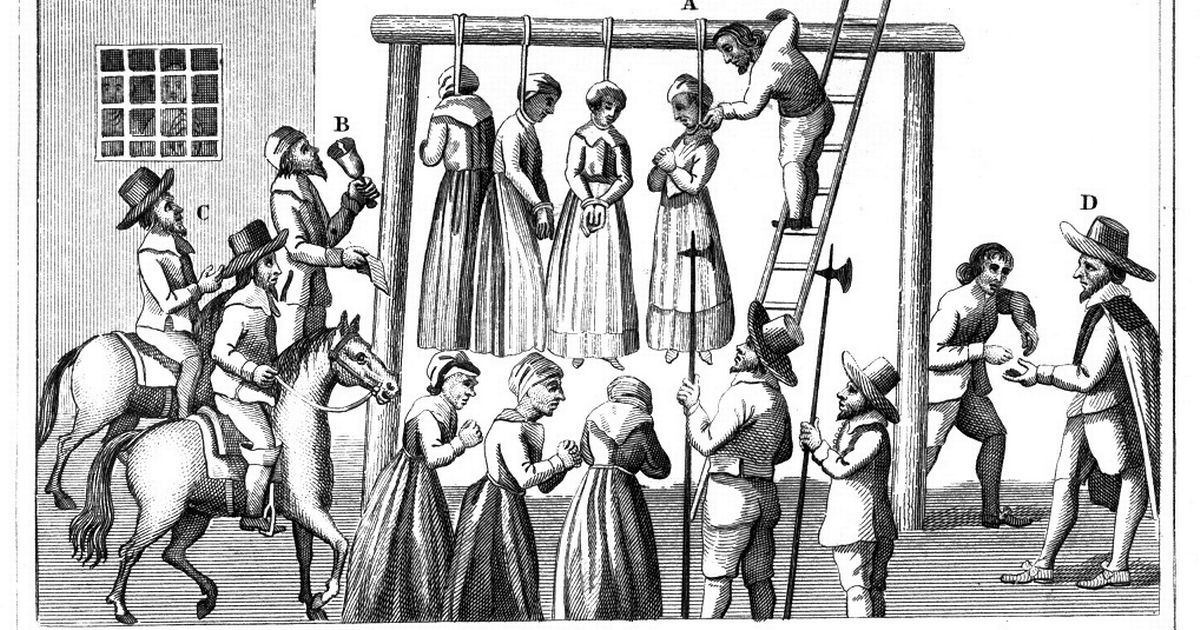
ADVERTISEMENT - CONTINUE READING BELOW
7. This Conman’s Malign Legacy Helped Fuel the Salem Witchcraft Craze
Matthew Hopkins’ terrible flim-flam bore its grisliest results on August 27th, 1645, in the small town of Bury St. Edmunds. That day, thanks to the machinations of the self-anointed “Witch Finder Generall”, eighteen men and women were hanged together for witchcraft. It was England’s biggest mass execution of witches. Hopkins retired in 1646, after he had earned a small fortune – and also because his activities had started to attract unwelcome attention from Parliament. In 1647 he published The Discovery of Witches, an instructional manual, and died shortly thereafter of tuberculosis. His malign legacy lived on, however. A year later, executions for witchcraft and sorcery began in New England, where authorities used The Discovery of Witches as a roadmap. The Salem Witch Trials of 1692-1693 also used the methods outlined in Hopkins’ book.

